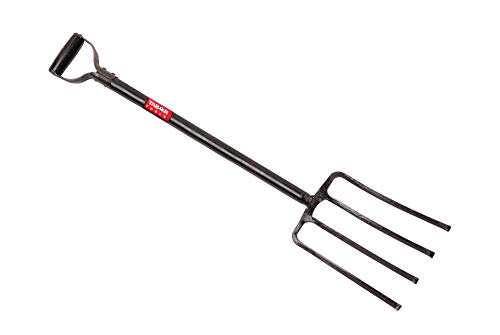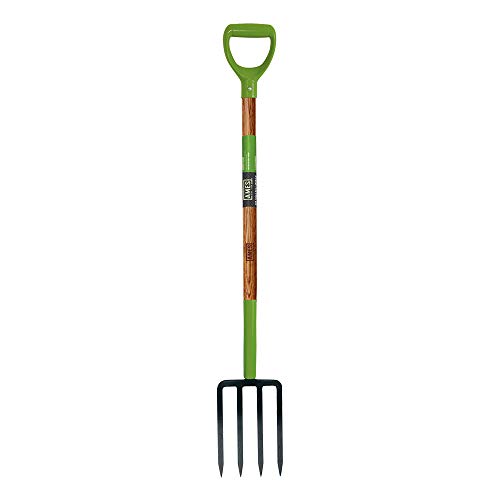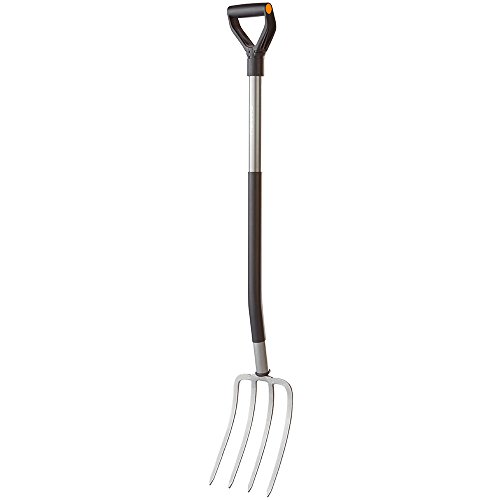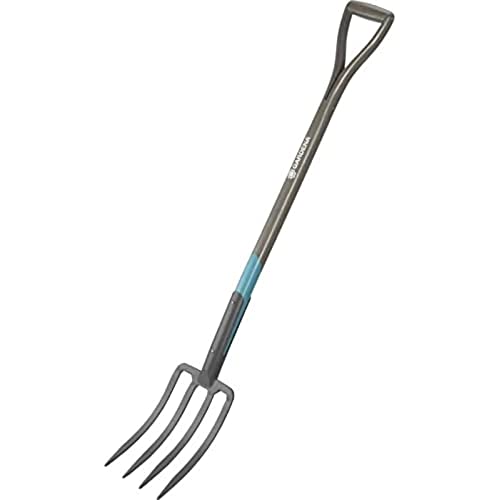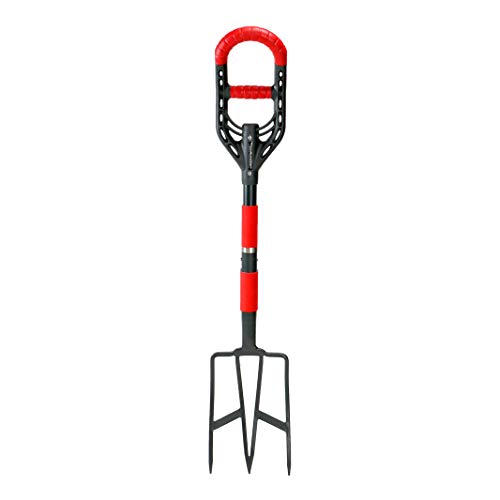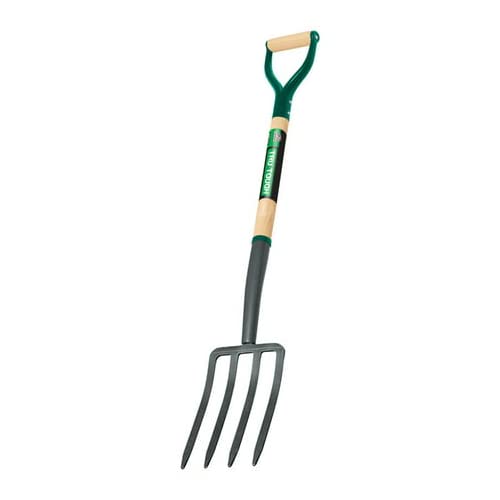The garden fork is an essential gardening tool. Whether you are an avid gardener or a weekend hobbyist, it pays to invest in the best heavy-duty garden fork. You can use this gardening equipment to aerate the soil and dig the soil. You can also use it to move mulch, compost, or hay outdoors. To get your hands on the best garden forks of 2024, we've tested and compared the best options on the market. The True Temper garden fork wins our vote for the best overall option available, but we've also included a number of other options to consider!
Garden Forks: A Buyer's Guide
Making the right garden fork decision can take your gardening experience to a whole new level. This is why you need to pay close attention to the details of a product before making the purchase. So, to choose the best garden fork, you need to identify a few critical factors.
Featured of an Excellent Garden Fork
Here are some of the key factors that you need to consider to make the best purchase decision.
Material
Garden fork tines are made of stainless steel, forged steel, and aluminum alloy. The best tines to use are forged steel tines for heavy work, such as digging a stubborn hole. Its rugged stainless steel tines and rust-resistant head are also ideal for moist soil or in materials like manure since they are durable and rust-resistant.
Aluminum alloy is the most affordable option, and tines made from this material are suitable for light materials, such as hay. When working in the garden, you should try to use forged steel tines since they are sturdy enough not to break. In addition to the head material, forging steel remains the best option.
Tine shape
You should choose the tine shape according to the purpose of the spade fork. For most light-duty work, round tines are appropriate, but they don’t work well for turning over stubborn soils. It’s better to dig over the hard ground with flat-faced tines. Furthermore, they enhance aeration and turn over the compost. Meanwhile, if you primarily use the garden fork to harvest root crops, blunt-tipped tines are best. There are usually four tines on most spade forks, which is often sufficient. For most garden work, you won’t need extra tines, which are generally not durable.
Shafts
In terms of efficiency and effectiveness, the right shaft or handle can make a big difference. The length of a garden fork can enable you to exert less effort and less time. It can be constructed out of steel, hardwood, or fiberglass, and the handle generally measures 30 inches in length. It’s best to choose ash hardwood shafts, as they’re lightweight yet can handle heavy loads. Handles made from steel are the best for heavy-duty jobs, but they can be pretty heavy to use. Despite being lightweight, fiberglass shafts are only used for light work since hard pressure can easily break them.
Handle design
Your taste will play a significant role in choosing the handle design for garden forks.
- D-Shaped: Most garden forks have a D-shaped handle design. Their ease of use and control make them very widespread.
- O-Shaped: Despite not being common, O-shaped fork handles provide a bigger grip area than a typical D-shaped one.
- T-Shaped: The T-shaped handle design is a great idea, but it can break quite quickly compared to the other two styles of the handle.
Construction
Garden forks can be assembled in a few different ways. Old-fashioned wooden forks with metal collars were traditionally made using a process in which the metal collars were heated, and the handles were inserted into the sleeves. The tool was submerged in cold water to secure the metal to the handle until it shrank and sealed. The riveted head of the fork is the best option since the handle made in this way may work loose. Furthermore, you can consider a tool that has a bolted head. Today, you can buy a single-piece steel fork.
How To Use a Garden Fork
Check out this video by EasyDiggingTools to learn more about how to use a garden fork properly.
People Also Asked
What is the use of a garden fork?
With garden forks, you can dig into the soil or move materials around; they can even be used to pick things up. Your garden needs to aerate the soil at the beginning of the season and other times throughout the year, depending on what type of plants you are growing. It is here that a versatile garden fork can undoubtedly make your life easier, given that you can use it without much hassle. It is still important to select a sturdy, high-quality tool that can last a long time, especially if you need to aerate tough soil. The handle of the item you choose should also be comfortable, ideally with a cushioned area to make sure that you have more control.
How is a garden fork different from a pitchfork?
A garden fork comes with thicker tines than a pitchfork, and it usually has a shorter handle. Before choosing a tool, you should always determine how you plan to use it. It's not as good as a garden fork for digging since pitchforks are lighter and less sturdy. A garden fork allows you to aerate the soil, but it is definitely better than a spade for this purpose. The same applies if you need to move heavy loads.
What are garden forks made of?
Garden forks have traditionally been made of wood, but with advances in technology in recent years, it's possible to purchase units made from stainless steel or carbon steel. Consider how you will use the fork to browse through the options since the material directly affects its weight. If you plan to dig as well, choose a garden fork that will withstand heavier loads, but it shouldn’t be too heavy if you plan to spend the entire day working in the garden. If you aren’t using the fork for any specific types of jobs, then you should choose a model that is as versatile as possible. It's also essential to examine the design of the tines, as they need to be able to handle tough soil easily.





